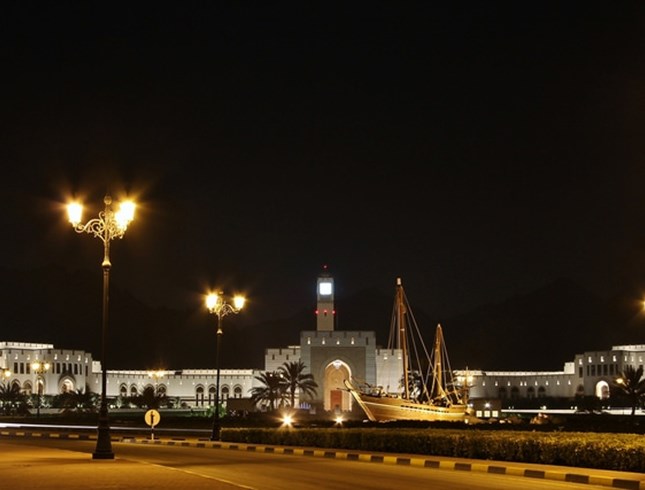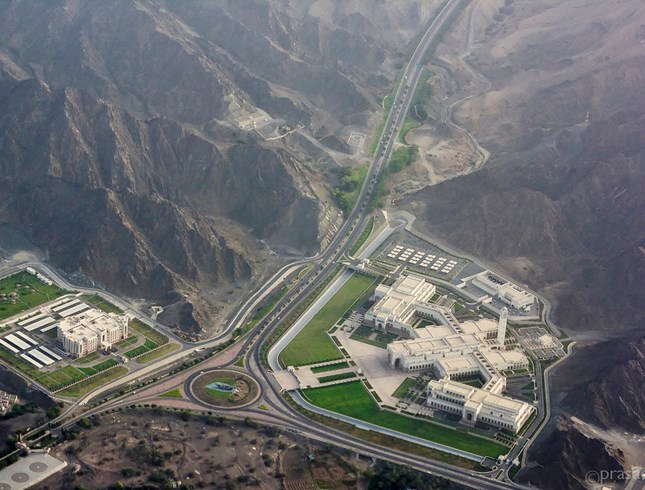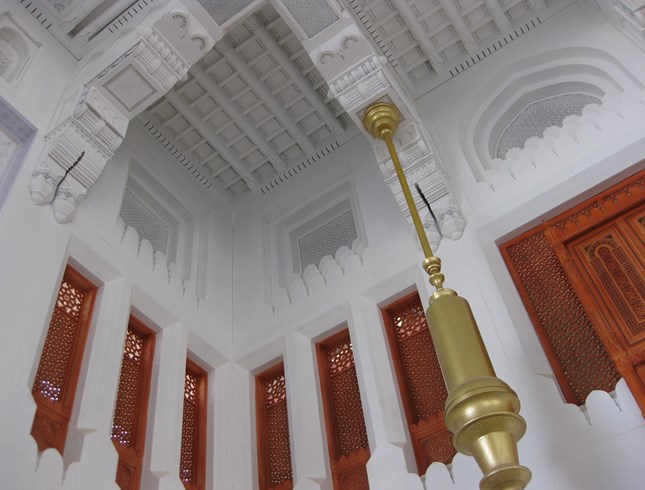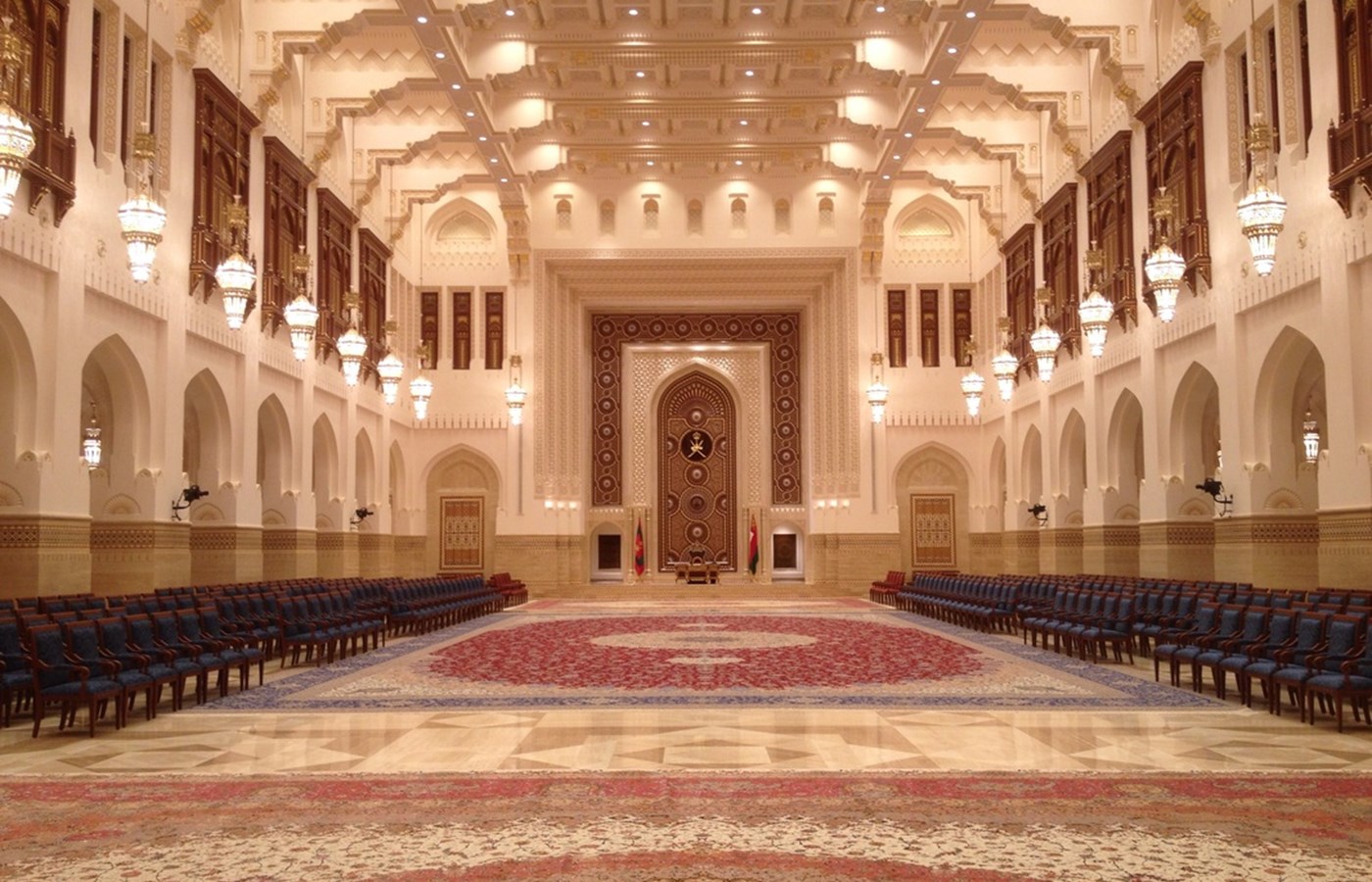Client
Sultanate of Oman
Location
Muttrah, Oman
Completion date
2012
The Majlis Oman; the Parliament building for Oman, includes a large ceremonial hall, two main legislative chambers with associated lecture theatres, members’ hall and other support facilities.
Our Brief
The acoustic design objective for the Majlis Oman was to create and appropriate internal acoustic environment within each of the key spaces and limit noise disturbance between areas.
MDA was responsible for room acoustic design, sound system design, sound insulation and mechanical services noise control.
It was important that the acoustic treatment was not obvious, and was integrated sensitively into the interior design. MDA used sophisticated room modelling tools (Odeon) to determine the extent of treatment required and MDA’s own absorption modelling software (Zorba) to calculate the effectiveness of the proposed treatment.
Throughout the process MDA then worked collaboratively with the interior designer to ensure the acoustic treatment was integrated seamlessly into the interior finishes. Much of the acoustic treatment was hidden behind perforated timber screens, within lights land within perforated gypsum panels. Porous acoustic plaster finishes were also used to provide a seamless finish.


Challenges
The traditional material used in Oman for ceremonial buildings include, marble, plaster and timber. These types of finishes in combination with the very large volumes of the spaces finishes (23,000 m3) mean that achieving a sufficiently low reverberation time is very difficult.
The noise from the mechanical services system was also required to achieve very stringent criteria (NC 20). With the large dimensions of the space, limiting noise from air turbulence whilst still achieving adequate air distribution was a particular challenge.
Being part of a project on the other side of the world has challenges in terms of communication and travel as well as understanding different building techniques and design strategies. Marshall Day has had previous experience in the area, which helped with quickly developing appropriate solutions but site visits were also an important part of the design process. Experienced acoustic designers were also able to develop solutions with the other members of the design team on-site to ensure the solutions were appropriate to the local context.
Outcomes
The room performed effectively and was well received by the client. The facility has been used successfully for both state functions and parliamentary assemblies.
Through our previous work in the area, we were able to suggest treatment that fitted within the local building techniques. Innovative thinking and advanced calculation methods enabled MDA to calculate what was required for the situation prevented the need to use ‘off the shelf’ solutions that are generally expensive and often inappropriate.





